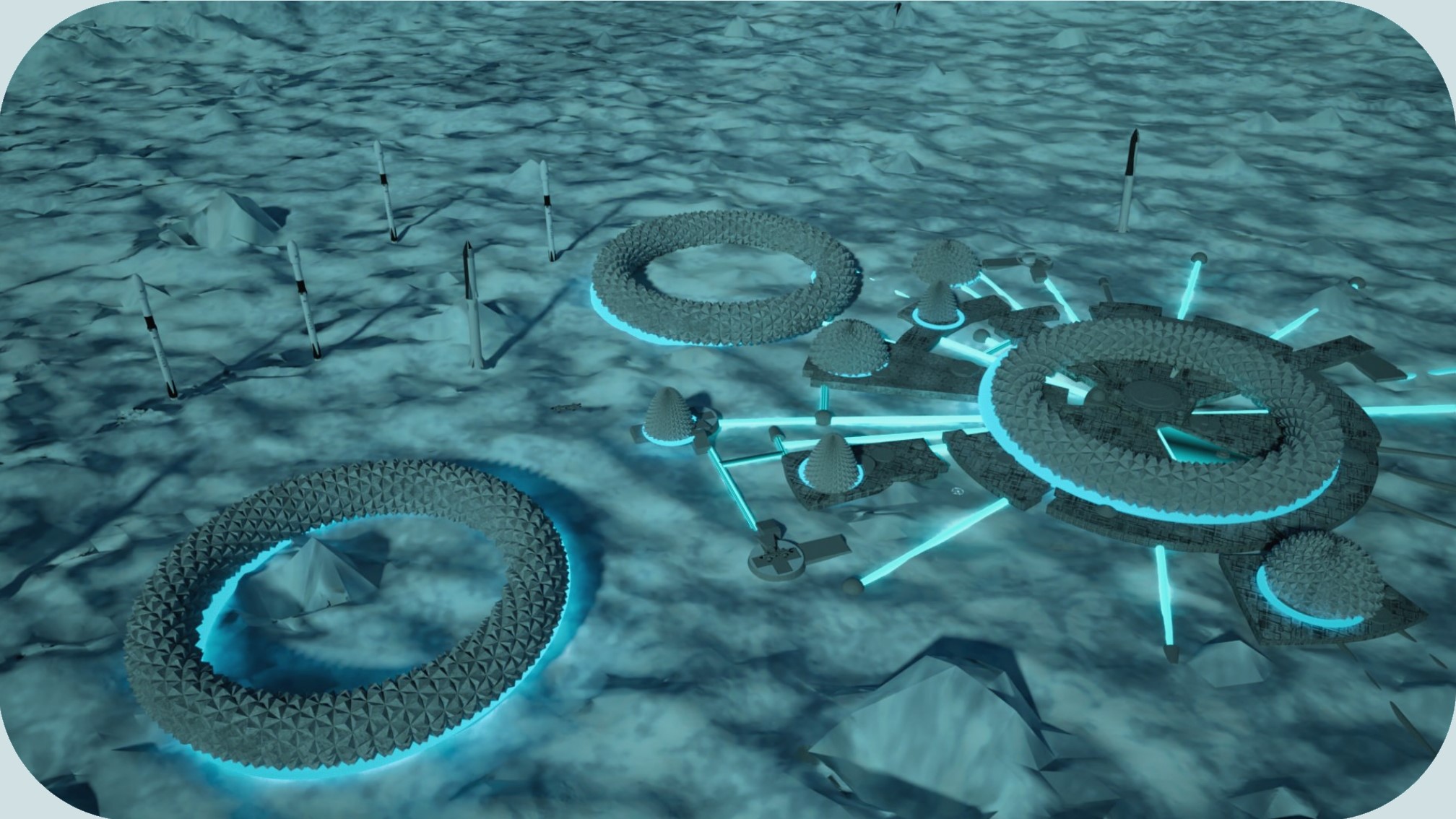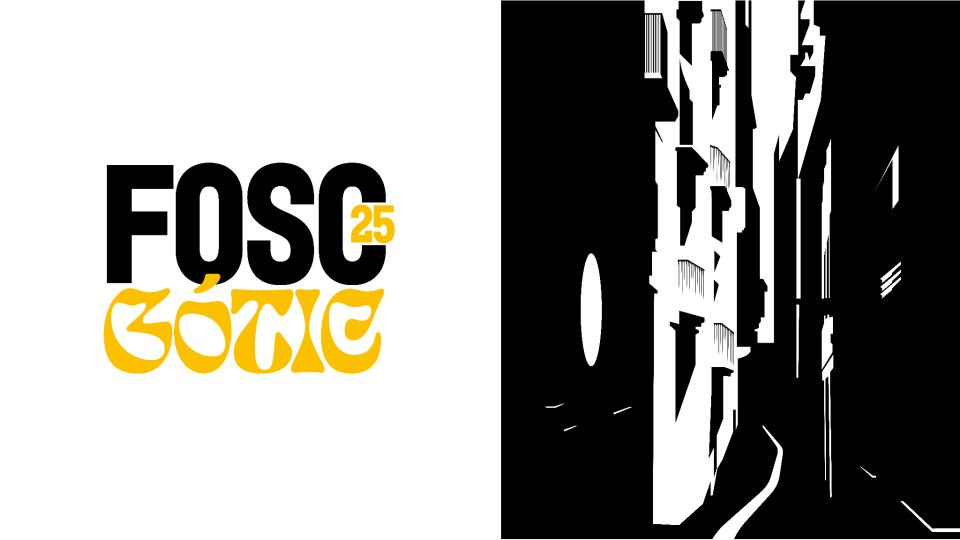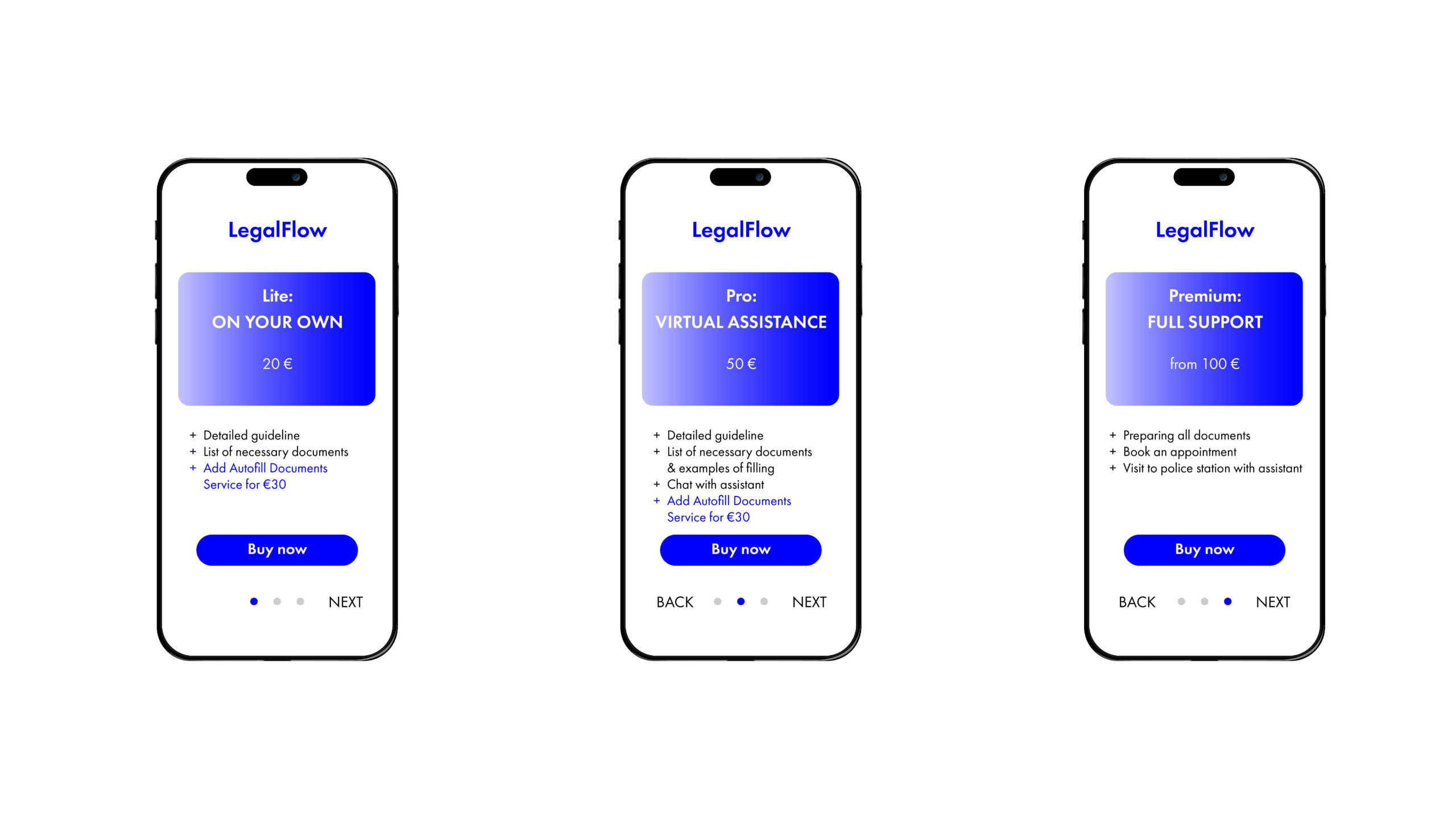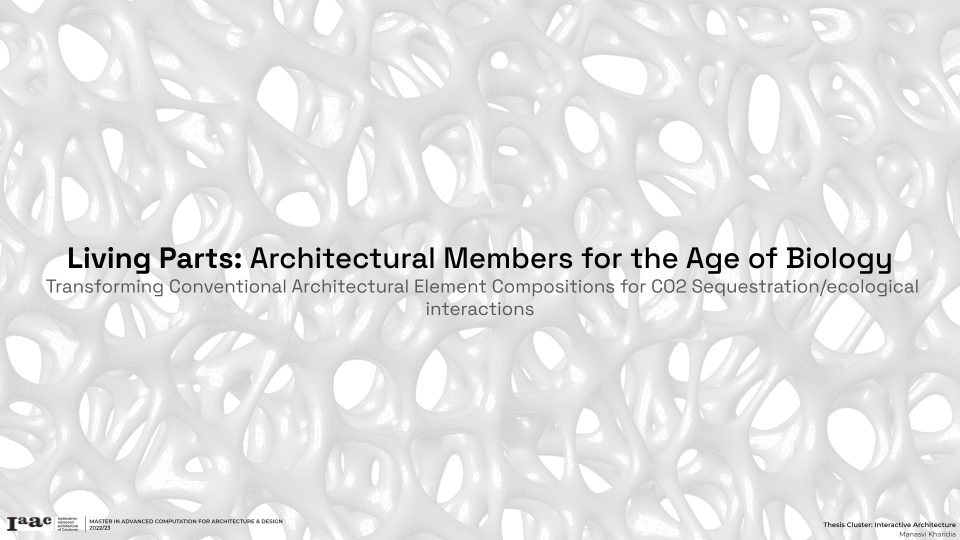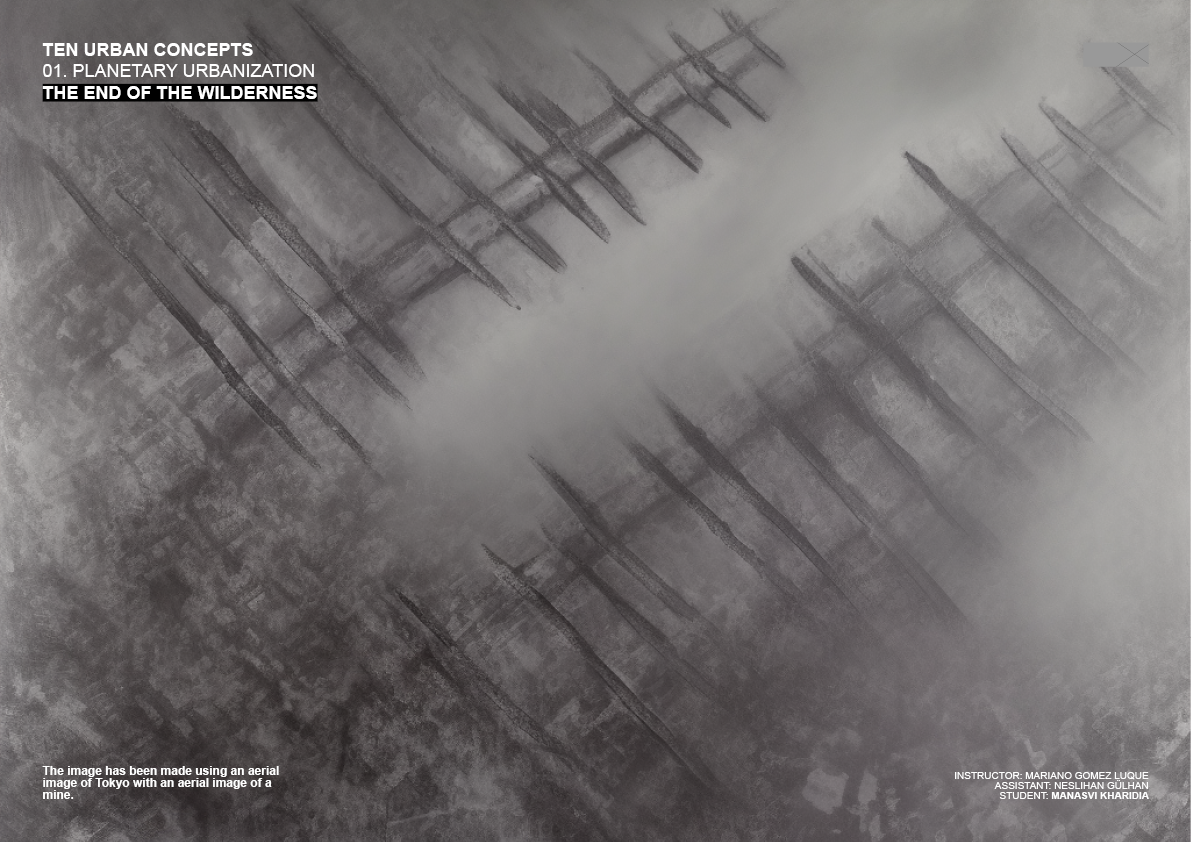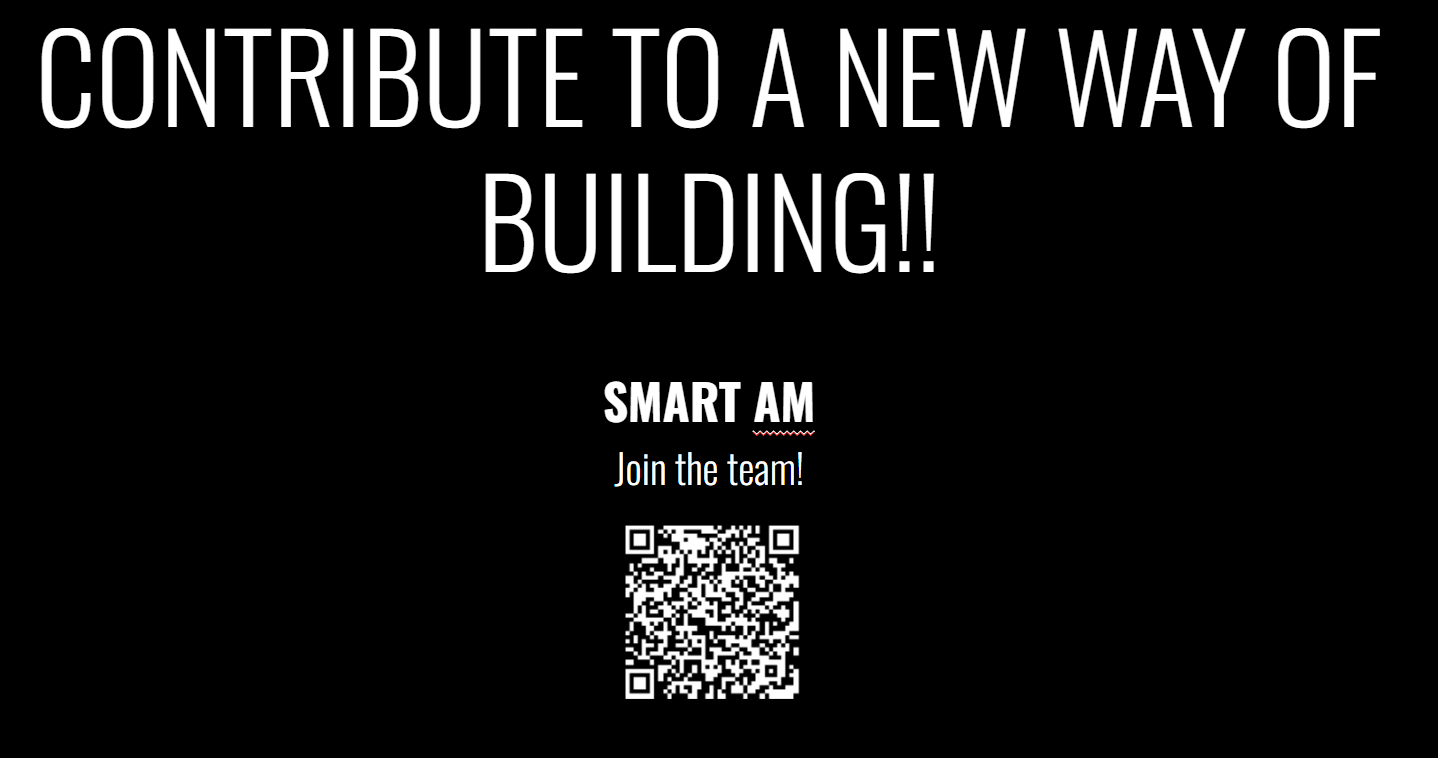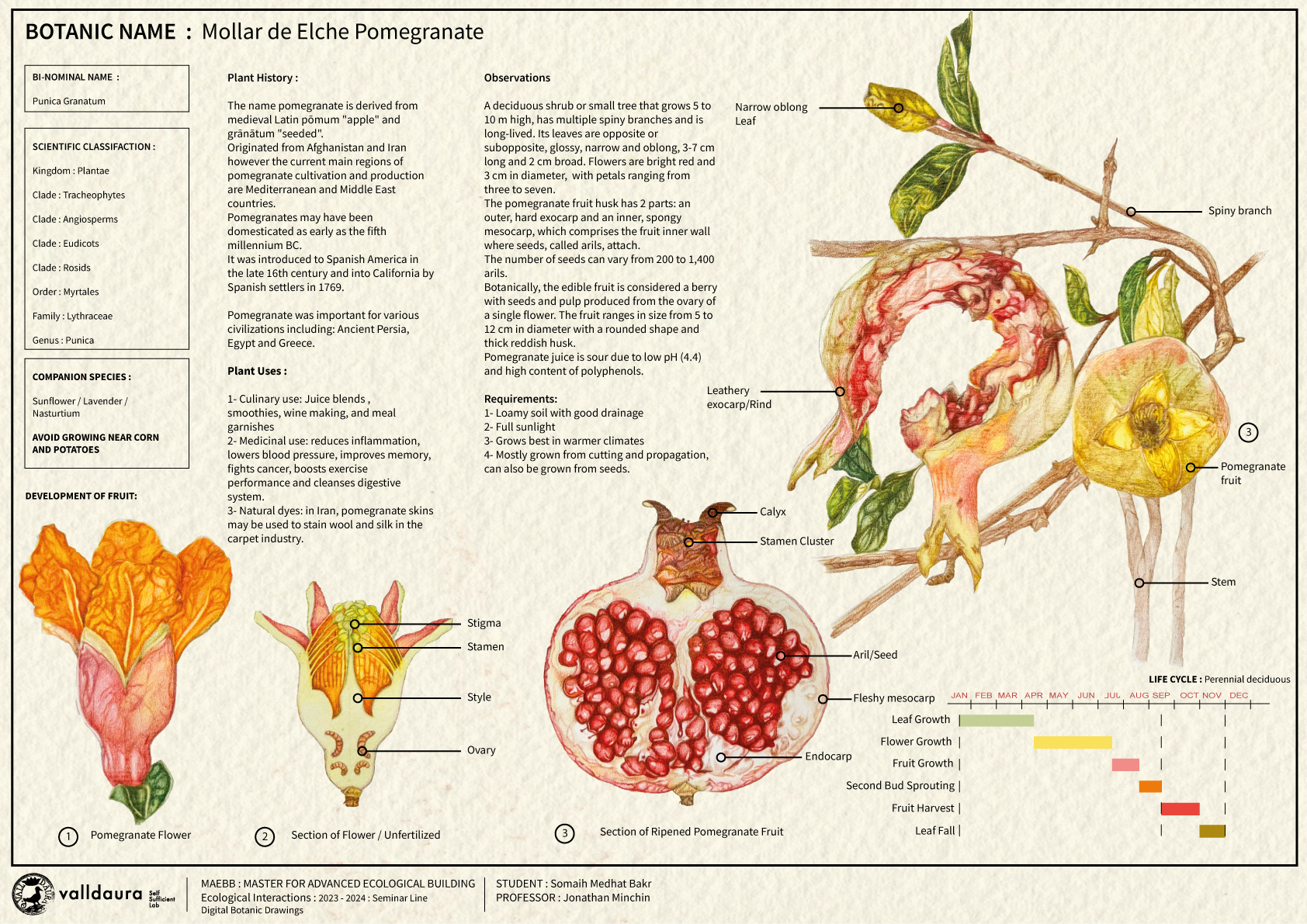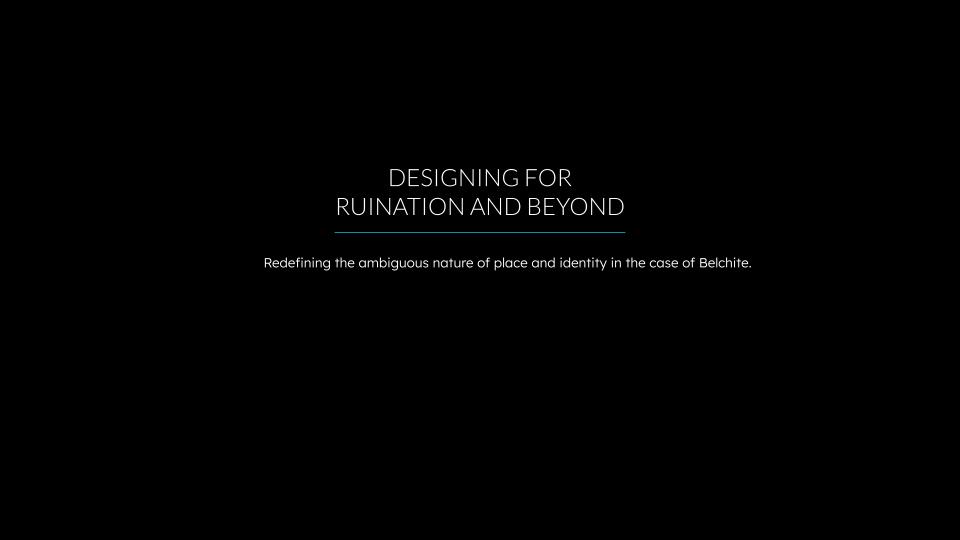During the second year of the Master in Advanced Architecture + Thesis Project (MAA02), students have the unique opportunity to work for a period of 1 year on an Individual Thesis Project, focused on the development of a research or pilot project based on the student’s interest, and the learnings of the first year. IAAC supports the student in selecting their Thesis Project topic in order to better orient them according to their future career interests and opportunities. Each student, according to their specific topic, is assigned one or more Thesis Advisors that follow the development of the work throughout the year.
In parallel to the development of the Individual Thesis Project, the second year of the MAA02 offers a series of seminars enhancing the theoretical, practical and computational skills of the students.
LegalFlow
Navigating the intricate process of obtaining your residential card in Barcelona has never been easier.
Living Parts: Architectural Members for the Age of Biology
Transforming Conventional Architectural Element Compositions for CO2 Sequestration/ecological interactions Living Parts is a project that tries to bridge the gap between anthropocentric and nature-centric design. As we already know that that the building industry, in the past couple of centuries has caused major harm to the environment with things like producing toxic waste, waste energy, … Read more
SMART AM
Multi-material Additive Manufacturing solutions. CONTEXT The synergy between clay additive manufacturing and computational design has revolutionized construction, bridging the gap between project design and production. This integration has established a direct-design-build system, facilitating seamless translation of intricate designs into physical structures with precision and speed. This transformative approach enables complex geometries, customization, and cost-effective sustainability … Read more
JigHouse
What is “the proper degree of control” to be applied to a living tree to produce a desired geometry? Can this be standardized and made into a replicable workflow? Which current standard architectural elements can be replaced by this system? What are the implications for the current timber construction industry?
Urban Drainage Systems
There are different implementations around the world for Urban drainage systems that had been evolving throughout the time, implemented with different solutions responding to the conditions of the place from informational, topographical to climatological. Developing codes and norms for its correct implementation. LID-Low impact development. Used in North America and New Zealand. Combines a hydrologically … Read more
MiniBlocks – Sustainable Architecture Term 1
MiniBlocks is the result of the first term of research into a master thesis. This project will propose an exploration into how to activate underused public spaces in Barcelona by merging community and design. Introduction Why Barcelona? Framework State of the Art Proposal
Ecological Interactions
Botanic characterisation for a Pomegranate Tree Plan and Section of Bed D: Perennials
Build with Salt
Process After leaving printed specimen to dry inside the tank for at least three days, it is excavated by hand and excess powder is removed using brushes. The brushed specimen was then left to dry for four more days. Process: Firing in Kiln
Expat Skil match
Soil, land and community Course agenda Detecting and visualizing the complexity of issues in communities andneighborhoods Differentiating between ‘design for’, ‘design with’ and ‘design within’communities Engaging with existing communities and pointing out realistic inferences and needs First hand understanding of the matters of concern Being strategic with the community engagement and proposing meaningful interventions Broadening … Read more
BUILDCODE # 1ST PHASE
Dear colleagues, I think you can relate to this. Do you remember yourself working with building codes last time? It was a nightmare, right? Nightmare that makes us slow The absence of a streamlined method to navigate through these documents, to have support and to stay updated with all the changes slows down our workflow.
Not a Waste: Landfill mine tale
The excessive waste produced in countries worldwide is a grave and unignorable concern. Urbanization contributes to enhanced municipal solid waste generation, harming health and the environment. Landfills, globally emit thousands of tons of methane gas into the air, 30 times more harmful than CO2. Waste is not waste but a resource if managed judiciously. The … Read more

